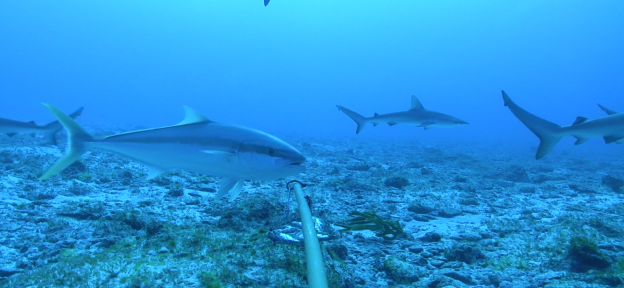Are you concerned about the health of New South Wales marine environment?
If you are, it is worth looking at the NSW Marine Estate Threat and Risk Assessment Draft Report and providing a submission or comment to improve the assessment.
The report will be used to determine the most important threats and risks to the NSW marine environment and your submission could help decide where management actions are directed. Note: submissions are due this Saturday the 30th of April.
The website contains the current threat and risk assessment for a range of human activities on environmental assets (for e.g. fish, beaches, rocky reef etc.). It is interesting to see what the current risk ratings are for certain human activities and how the NSW Marine Estate justify these ratings.
To search for this information the NSW Marine Estate has developed an interactive tool to help you navigate through the draft assessment. Once you have identified a human activity (for e.g. recreational fishing) and its risk on an environmental asset (for e.g. the fish assemblage) there are links to a variety of reports used to justify this ranking plus a link to provide your own feedback.
The interactive tool did take me some time to get the hang of, so below are instructions and screen grabs to help you navigate your way through the site.
Continue reading →














